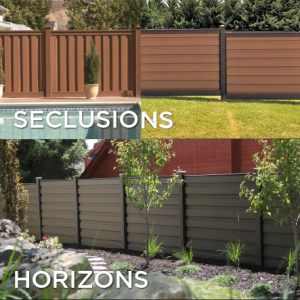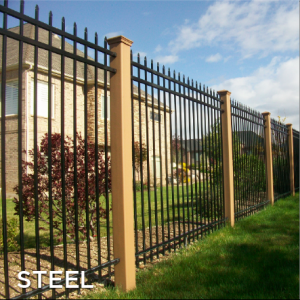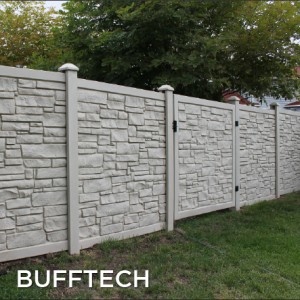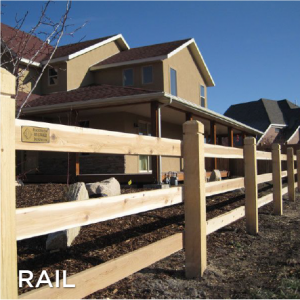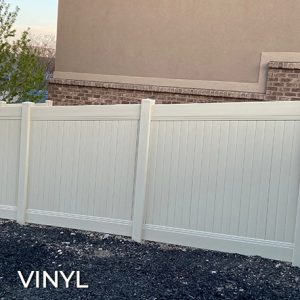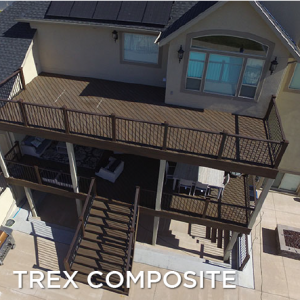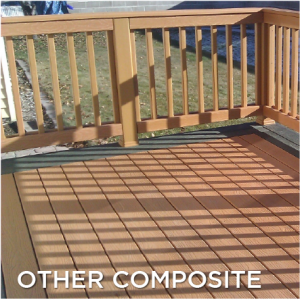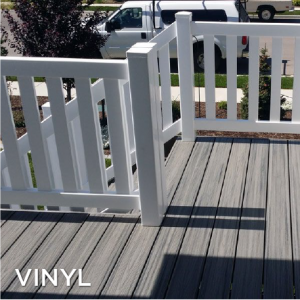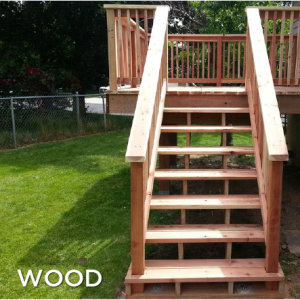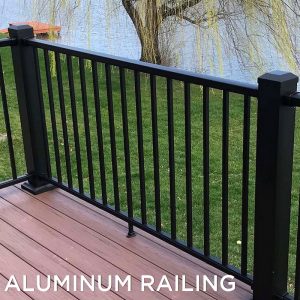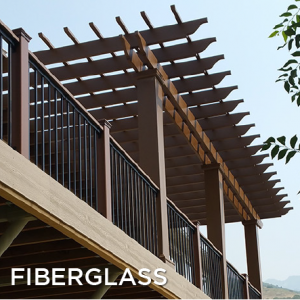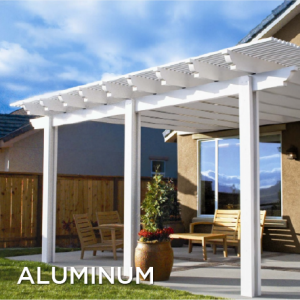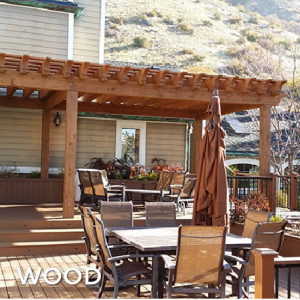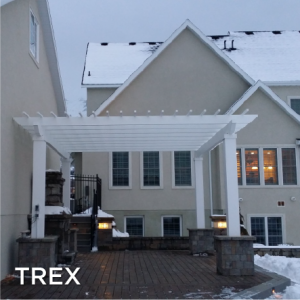Park City Aluminum Railing and Fence Materials
Aluminum is a versatile material that is widely used in the construction industry for various purposes, including outdoor structures like railings and fences. Its unique properties make it an excellent choice for such applications. In this article, we will explore the different aspects of aluminum as a material, the various types of aluminum railing systems, the options available for aluminum fencing, the cost analysis associated with aluminum materials, and the sustainability of using aluminum in outdoor structures.
Understanding Aluminum as a Material
Before delving into the specifics of aluminum railings and fences, it is essential to have a basic understanding of aluminum as a material.
Aluminum is a lightweight metal with a high strength-to-weight ratio, which makes it durable and resistant to corrosion. Additionally, it is non-magnetic, non-toxic, and fire-resistant, making it a safe choice for outdoor applications.
Properties of Aluminum
One of the key properties of aluminum is its corrosion resistance. Unlike iron or steel, which can rust when exposed to moisture and air, aluminum forms a protective oxide layer on its surface, preventing the formation of rust. This property makes aluminum an ideal choice for outdoor structures as it can withstand harsh weather conditions and remain unaffected by rust.
Another noteworthy property of aluminum is its lightweight nature. Compared to other materials like iron or wood, aluminum is much lighter, making it easier to handle and install. This lightweight property also contributes to its cost-effectiveness as it requires less labor and transportation.
Benefits of Using Aluminum in Outdoor Structures
There are numerous benefits associated with using aluminum in outdoor structures such as railings and fences.
Firstly, aluminum is highly versatile and can be molded into various shapes and designs. This flexibility allows for a wide range of customization options to suit different architectural styles and preferences.
Secondly, aluminum has excellent longevity. Its durability and resistance to corrosion ensure that aluminum railings and fences can withstand years of exposure to the elements without weakening or deteriorating. This longevity also translates into cost savings as it reduces the need for frequent replacements or repairs.
Lastly, aluminum is a low-maintenance material. Unlike wood, which requires regular staining or painting to maintain its appearance, aluminum railings and fences can be easily cleaned with water and mild soap. This low-maintenance aspect makes aluminum an attractive choice for those who prefer a hassle-free outdoor structure.
Exploring Aluminum Railing Systems
Aluminum railing systems offer a secure and aesthetically pleasing option for enhancing the safety and beauty of outdoor spaces. There are various types of aluminum railings available, each with its own unique features and benefits.
Types of Aluminum Railings
One popular type of aluminum railing is the picket style. This style features vertical aluminum bars or pickets evenly spaced along the length of the railing, providing a classic and timeless look. Picket style aluminum railings are commonly used in residential settings.
Another type of aluminum railing is the glass panel style. As the name suggests, this style incorporates glass panels within the aluminum framework, offering an unobstructed view while still providing safety and security. Glass panel aluminum railings are often used in commercial settings or for properties with scenic views.
Cable railings are also gaining popularity in aluminum railing systems. This style utilizes stainless steel cables in conjunction with aluminum posts to create a sleek and modern look. Cable railings are ideal for contemporary or minimalist designs.
Installation Process of Aluminum Railings
The installation process of aluminum railings typically involves several steps.
- First, measurements and calculations are made to determine the precise dimensions and angles required for the railing system. These measurements ensure a proper fit and function of the railing.
- Next, the aluminum railing components are cut to size and prepared for installation.
- Afterward, the posts or mounting brackets are secured to the surface using appropriate fasteners. It is crucial to ensure the posts are level and plumb for a stable and secure railing system.
- Finally, the aluminum pickets, glass panels, or cables are attached to the posts, completing the installation process.
Diving into Aluminum Fencing Options
In addition to aluminum railings, aluminum fences are also a popular choice for homeowners and property developers. Aluminum fences offer a durable and aesthetically pleasing solution for securing outdoor spaces.
Different Styles of Aluminum Fences
Similar to aluminum railings, aluminum fences come in different styles to cater to various preferences and requirements.
- The classic aluminum fence style features evenly spaced pickets with decorative finials on the top. This style adds an elegant and traditional look to the property.
- The privacy aluminum fence style utilizes interlocking panels to create a solid barrier, effectively blocking visibility and enhancing privacy.
- For those seeking a contemporary and sleek design, the horizontal slat aluminum fence offers straight, horizontal lines with minimal ornamentation.
Maintenance and Care for Aluminum Fences
Aluminum fences are known for their low-maintenance requirements.
Regular cleaning with water and mild soap is usually sufficient to remove dirt and grime. It is essential to avoid using harsh chemicals or abrasive cleaners that may damage the protective coating on the aluminum surface.
Additionally, periodic inspections should be conducted to identify any loose or damaged components that may require repair or replacement. Taking care of these issues promptly helps ensure the longevity and performance of the aluminum fence.
Cost Analysis of Aluminum Railing and Fence Materials
When considering aluminum as a material for railings and fences, it is essential to evaluate the associated costs.
Initial Investment of Aluminum Structures
Aluminum railing and fence systems tend to have a higher upfront cost compared to some other materials like wood or vinyl. However, it is crucial to consider the long-term benefits and cost savings associated with aluminum, such as its durability, low-maintenance nature, and resistance to corrosion.
Furthermore, with advancements in technology and increased competition in the market, the cost of aluminum railings and fences has become more affordable in recent years.
Long-term Cost Efficiency of Aluminum
Over the lifetime of an outdoor structure, the cost efficiency of aluminum becomes evident. With minimal maintenance requirements and longevity, aluminum railings and fences can outlast other materials, reducing the need for frequent replacements and repairs.
Additionally, the low-maintenance nature of aluminum saves both time and money in terms of cleaning and upkeep, providing further cost savings in the long run.
Sustainability of Aluminum Railing and Fence Materials
Beyond its functional and aesthetic benefits, aluminum is also a sustainable choice for outdoor structures.
Aluminum’s Environmental Impact
Aluminum is a highly recyclable material. It can be melted down and reprocessed repeatedly without losing its quality or physical properties. Recycling aluminum requires significantly less energy compared to the production of new aluminum, resulting in a reduced carbon footprint.
In addition, aluminum is a non-toxic material that poses minimal harm to the environment during its manufacturing and lifespan.
Recycling and Reusability of Aluminum
When an aluminum railing or fence reaches the end of its life cycle, it can be recycled and transformed into various new products. This recyclability reduces waste and conserves valuable resources.
Many aluminum manufacturers and suppliers also offer recycling programs to encourage the proper disposal and recycling of aluminum products, further promoting sustainability.
Conclusion
Aluminum railing and fence materials offer numerous advantages, including durability, versatility, and low maintenance. They provide a secure and aesthetically pleasing solution for enhancing outdoor spaces while being cost-effective in the long run. Furthermore, aluminum’s recycling capabilities and minimal environmental impact make it a sustainable choice for those looking to minimize their carbon footprint. When considering park city aluminum railing and fence materials, the benefits and features of aluminum make it an excellent option to enhance the beauty and functionality of outdoor structures.
